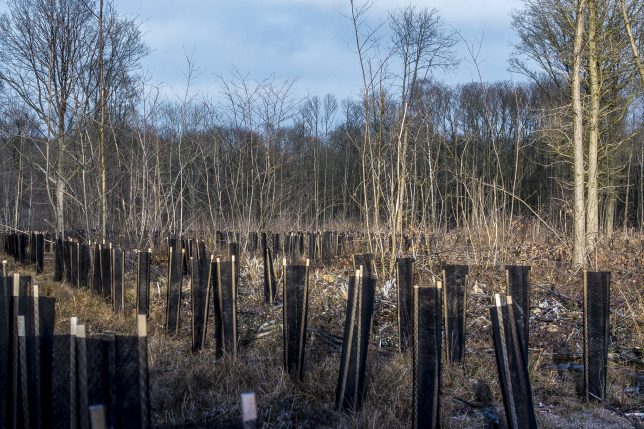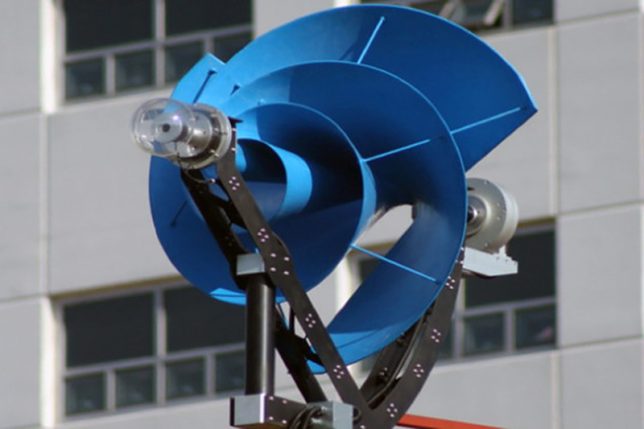I’ve heard that China and other nations have gone gangbusters with reforestation projects that are ambitious enough to have a significant impact on cutting carbon emissions. Why aren’t we also doing this here in the U.S.?
–Mickie Infurcia, Hamden, CT
A recent Boston University (BU) study tracking satellite data of vegetation coverage found that the world is indeed getting greener overall, largely thanks to an ambitious reforestation program underway in China.
“China alone accounts for 25 percent of the global net increase in leaf area with only 6.6 percent of global vegetated area,” says lead researcher Chi Chen of BU’s Department of Earth and Environment. “This is equal to the net greening in the three largest countries, Russia, the United States and Canada, that together hold 31 percent of the global vegetated area.”
China’s reforestation efforts date back to the 1970s when the government started requiring every citizen over age 11 to plant at least three saplings every year to augment official government-backed reforestation projects. The result has been the planting of some 66 billion trees across some 12,000 miles of Northern China over the last few decades, with the so-called “Great Green Wall of China” expected to snake along some 2,800 continuous miles by 2050.

China isn’t the only country hell-bent on reforestation. Pakistan embarked on its Billion Tree Tsunami campaign in 2014 and is well on its way of achieving its goal of restoring healthy forests to some 350,000 hectares of degraded land. Meanwhile, Australia’s “20 Million Trees Program” aims to re-establish green corridors and urban forests across the country while mitigating climate impacts by facilitating the planting of 20 million trees by 2020. Another major reforestation effort with global impact is happening in Brazil, where the non-profit Conservation International is helping restore 30,000 of the hardest hit hectares across the so-called “arc of deforestation” in the Amazon rainforest as a key part of that country’s Paris climate agreement goal of reforesting 12 million hectares by 2030.
Here in the U.S., our forebears chopped down practically every tree they could until around 1920, but then we started to regain some of the lost tree cover over the next 40 years as abandoned farms reverted back to forest. Since then, we are barely net positive in forest cover as tree planting campaigns by the U.S. Forest Service and the non-profit Arbor Day Foundation have made up for losses from development and logging. That said, increased reforestation is not a major part of American efforts to meet climate mitigation targets given more practical ways we can achieve quicker overall emissions reductions.
Beyond the U.S., though, there is still lots of “low-hanging fruit” around the world in the form of other areas that would be good candidates for reforestation. The non-profit World Resources Institute (WRI) maintains the Atlas of Forest & Landscape Restoration Opportunities, which includes global overlay maps on current forest coverage, potential forest coverage, forest condition and human pressure on forest landscapes. According to WRI, upwards of two billion hectares of degraded or logged over forest lands around the world are ripe for restoration work if only we can muster the political will to make it happen.
CONTACTS: Chi Chen; EarthTalk’s “What Is The Great Green Wall of China?”; Australia’s 20 Million Trees Program; Arbor Day Foundation; WRI’s Atlas of Forest & Landscape Restoration Opportunities.
EarthTalk® is produced by Roddy Scheer & Doug Moss for the 501(c)3 nonprofit EarthTalk.

